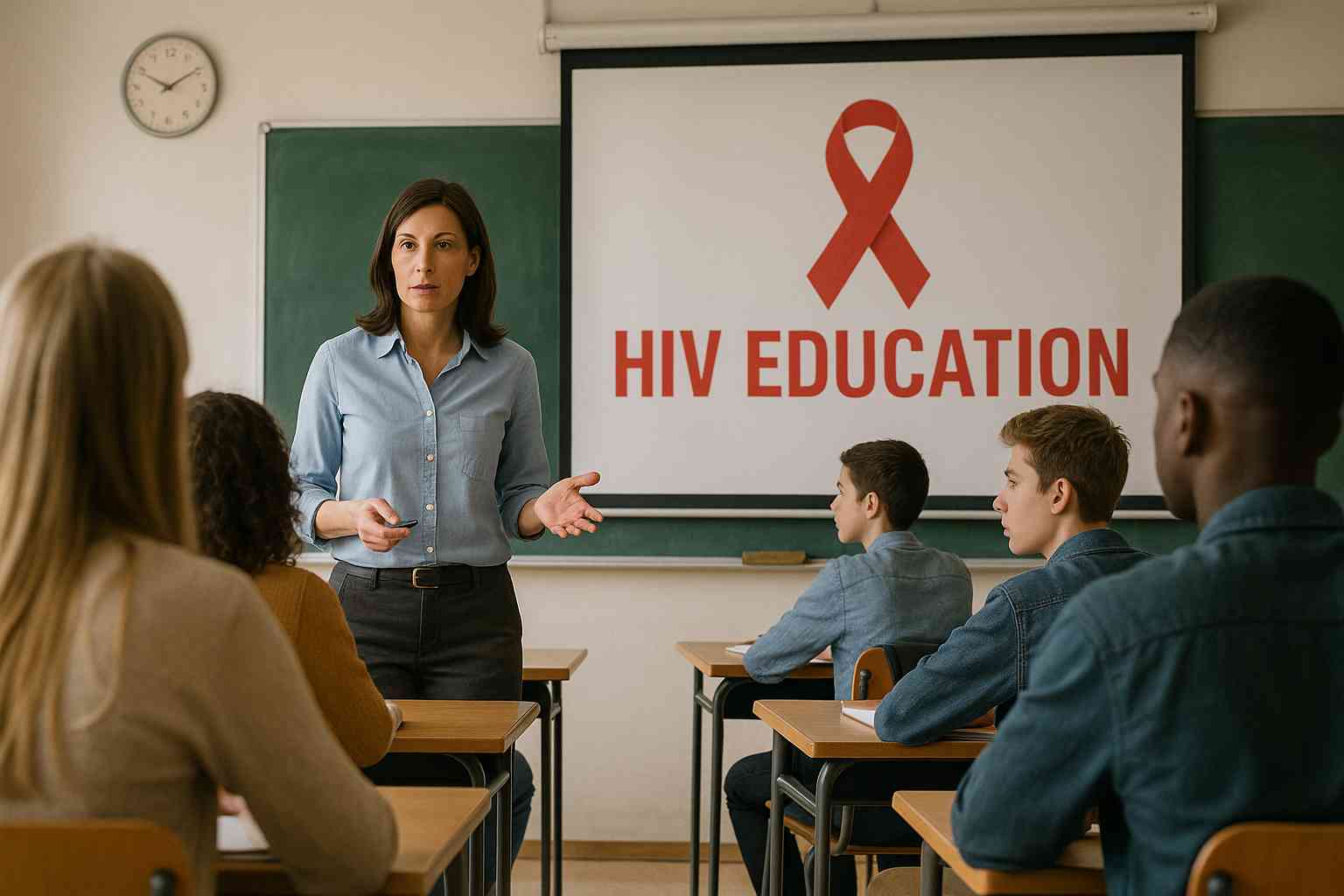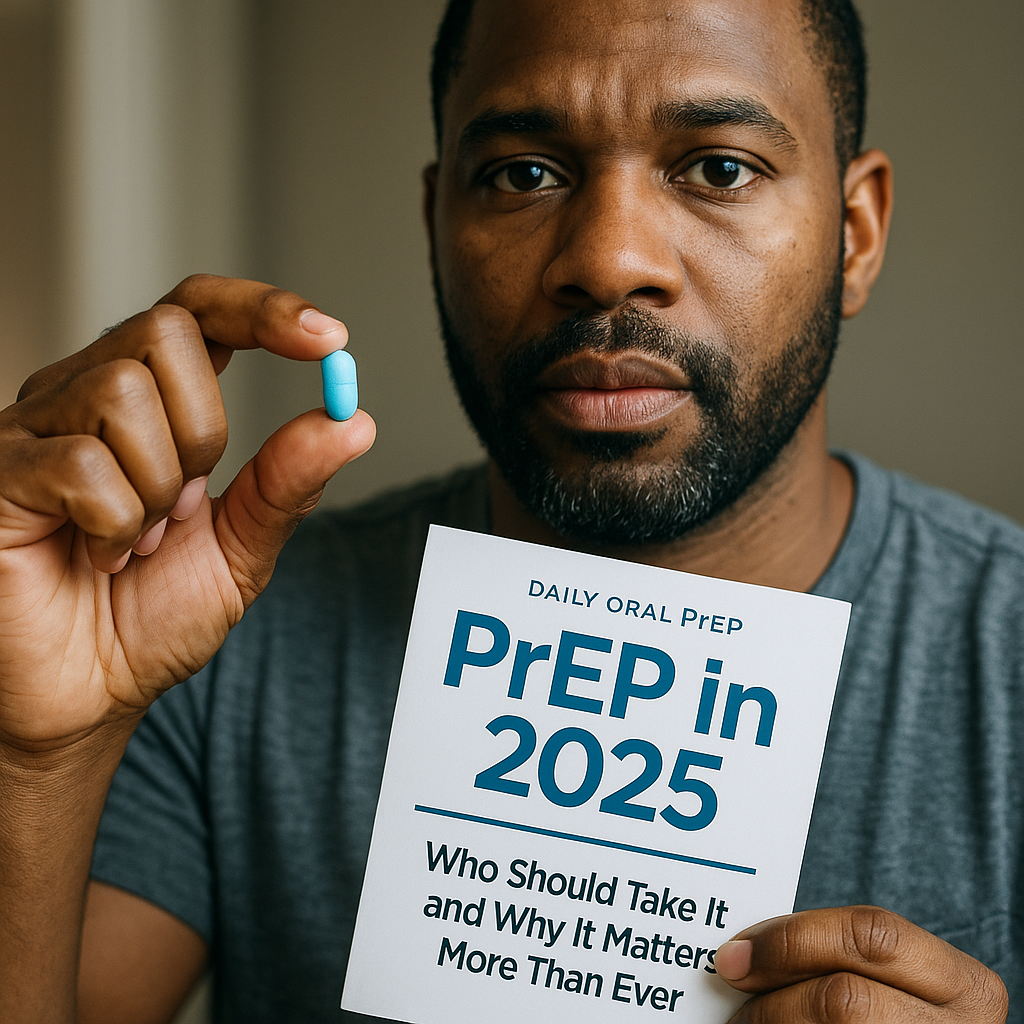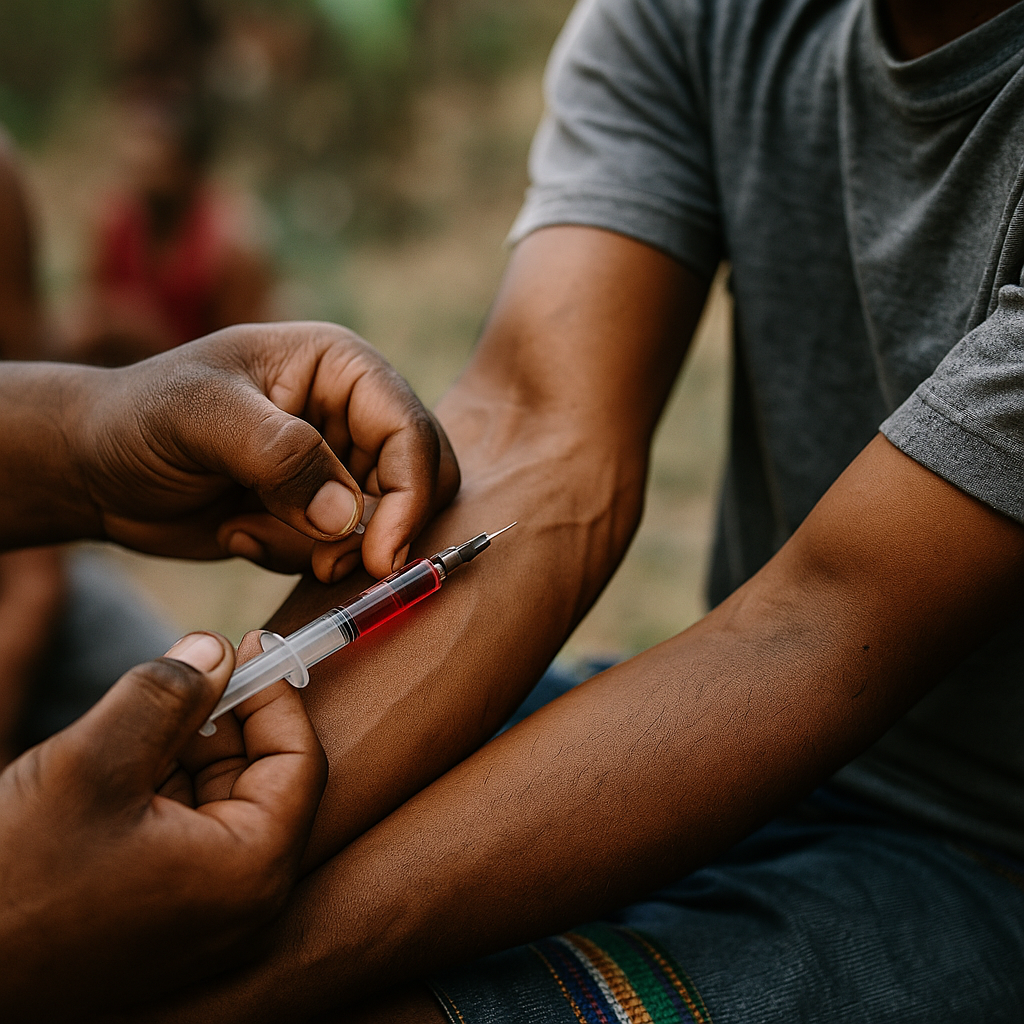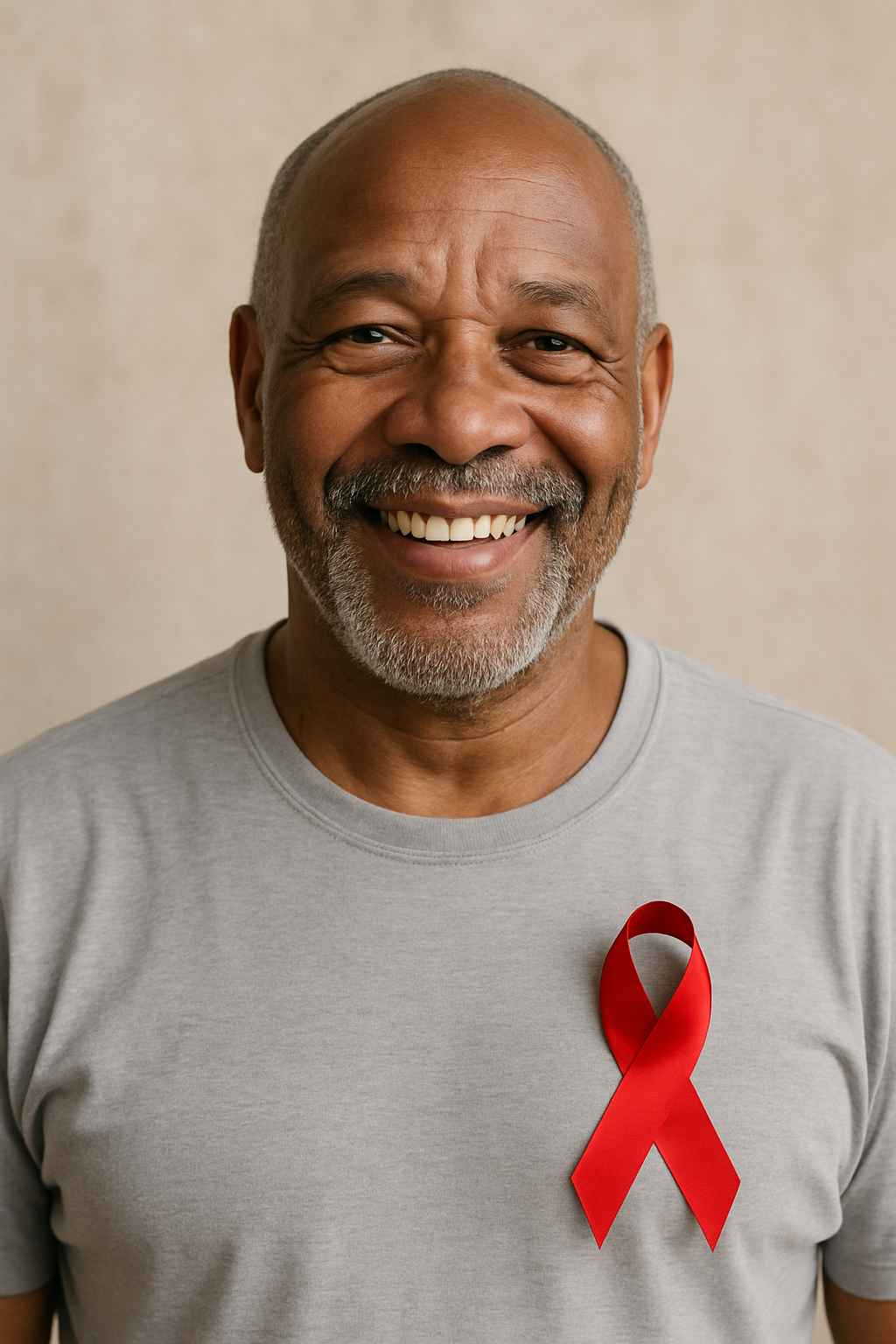In 2025, education remains one of the most powerful tools in the fight against HIV. From schools to social media, accurate information is breaking down stigma and helping people make informed decisions. So what does HIV education look like today—and why does it still matter?
Table of Contents
- Why HIV Education Still Matters
- Modern Approaches and Platforms
- What Effective HIV Education Includes
- Reaching Vulnerable Communities
- Conclusion
- FAQ
Why HIV Education Still Matters
Despite decades of awareness campaigns, myths and misinformation about HIV persist. Many people still believe falsehoods about transmission or think the virus only affects certain groups. Comprehensive education corrects these misconceptions and encourages testing, prevention, and compassion.
HIV education reduces fear, increases early detection, and saves lives. It’s that simple.
Modern Approaches and Platforms
Today, HIV education is delivered through diverse platforms. Schools include it in health curricula, while healthcare providers offer community sessions and online resources. Social media plays a growing role, especially for younger audiences.
Short-form videos, peer influencers, and culturally relevant campaigns help bridge the gap between medical facts and real-life experiences.
What Effective HIV Education Includes
Successful education programs share accurate, accessible, and age-appropriate information. Key topics include:
- What HIV is and how it’s transmitted
- How to prevent infection (PrEP, condoms, testing)
- Living with HIV: treatment, health, and relationships
- Stigma and how to fight it
- Understanding Undetectable = Untransmittable (U=U)
Programs also stress compassion, confidentiality, and support for those affected.
Reaching Vulnerable Communities
Equity is essential. HIV disproportionately affects Black, Latinx, LGBTQ+, and low-income populations. Education efforts must be inclusive, multilingual, and tailored to community needs.
Community-based organizations, mobile outreach, and trusted local leaders play a vital role in making HIV education effective and relatable.
Conclusion
HIV education in 2025 continues to save lives. While treatments have improved and stigma is decreasing, the need for informed, honest conversations remains. Everyone deserves to understand the facts and feel empowered to protect their health and support others.
FAQ
Why is HIV education still important?
Because myths and stigma still exist, and many people don’t fully understand how HIV works.
What should be included in HIV education?
Facts about transmission, prevention methods, treatment options, and fighting stigma.
Is HIV taught in schools?
In many places, yes—but the depth and quality of education vary widely.
How can I educate myself or others?
Use trusted resources like Healthcare.pro or speak with healthcare providers and advocacy groups.
Who benefits from HIV education?
Everyone. Whether you’re living with HIV or simply want to support others, education helps us all.
This content is not medical advice. For any health issues, always consult a healthcare professional. In an emergency, call 911 or your local emergency services.




